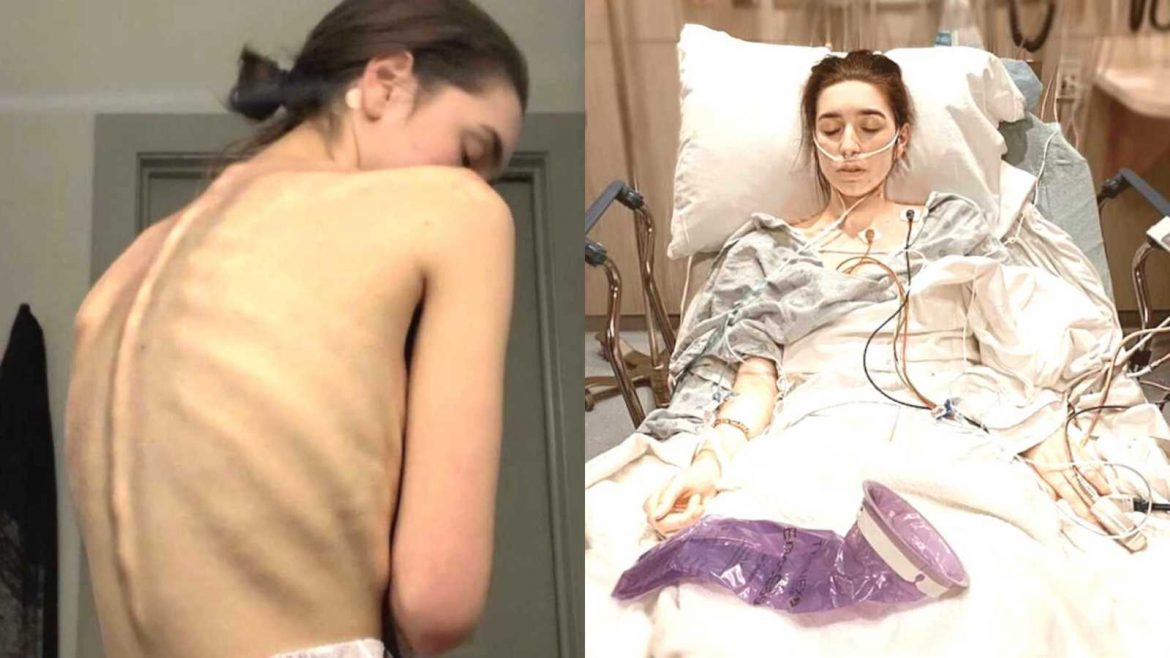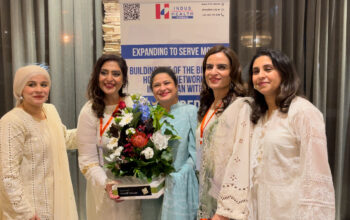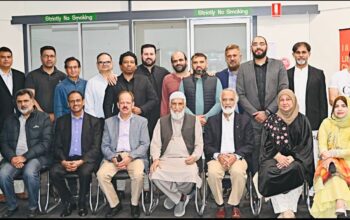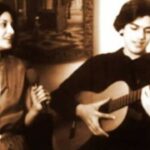MALS The rare syndrome that makes it excruciatingly painful to eat
Imagine being in unbearable pain but having doctor after doctor tell you it’s all in your head.
This is exactly what happened to high school student Leilani Innes, from Sydney’s Sutherland Shire.
Leilani was 16 – an elite athlete with the world at her feet – when she suddenly fell ill with a baffling illness that made it extremely painful to eat in October 2019.
The Year 10 student was playing hockey at a national level at the time and coming back from one of her many training sessions in the gym when she first noticed a sharp and sudden pain.
“I had been drinking a protein smoothie and within 10 minutes I was curled up in a fetal position crying in pain,” Leilani told nine.com.au.
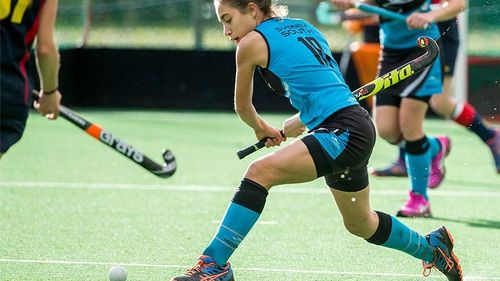
Bizarrely, the pain went away 20 minutes later, causing Leilani to dismiss it as a one-off.
Until the next day, when exactly the same thing happened again while drinking another smoothie.
Over the next few months, Leilani would continue to be hit with bouts of excruciating pain and nausea.
The nausea came when she tried to exercise and the pain whenever she attempted to eat.
In the space of a little over a month, Leilani’s weight plummeted by about 10kg.
Determined to find out what was wrong, Leilani and her parents began to see specialist after specialist.
Over the next 13 months, they would go to 80 medical appointments.
As each test came back negative, doctors became dismissive of her symptoms, Leilani said.
“They would always ask if I was anxious, and was I stressed about school? Did I have a history of eating disorders?” she said.
“They would say that it’s all in your head and I knew that it wasn’t. But when you have every doctor telling you that for months on end it’s quite a hard thing.”
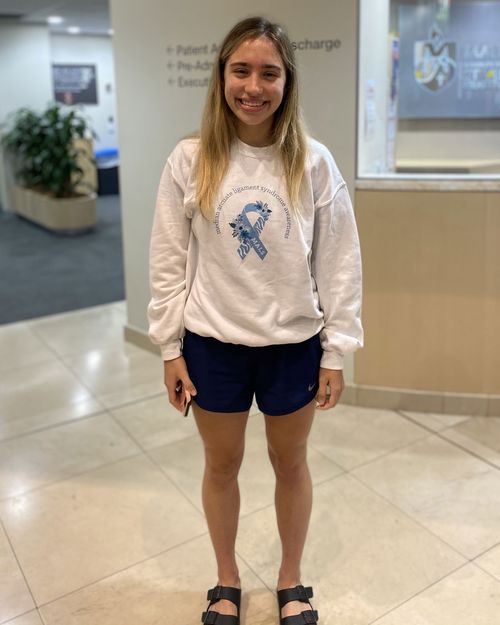
At one point, Leilani was referred to an eating disorder clinic, with doctors convinced this was what was behind her illness.
For most of last year, Leilani was bedridden and unable to attend school.
Eating had become an ordeal but Leilani was determined to eat at least one meal a day so she didn’t end up with a feeding tube.
“We don’t know how she did it, but she pushed through the pain to eat,” Leilani’s mother, Elizabeth Innes, said.
“There were definitely times at dinner where it was all so upsetting and I would just start crying,” Leilani said.
Meanwhile, Mrs Innes and her daughter had been doing their own research and were following up on a comment made by one specialist about an extremely rare condition, called Median Arcuate Ligament Syndrome (MALS).
In patients with MALS, the celiac artery and surrounding nerves in the abdomen are compressed and become inflamed, sometimes causing extreme pain.
The condition primarily affects women but males can also have MALS.
The condition is not yet well-known or recognised by medical experts in Australia.
Diagnoses are more common in the US, and so Leilani and her mother began connecting online with families there who had been affected by MALS.
They soon found stories of young girls suffering from similar symptoms to Leilani.
“They were so eerily similar. It gave us hope that we could eventually find a doctor who would listen to us,” Leilani said.
Mrs Innes sent her daughter’s medical records to a surgeon in North Carolina. After reviewing Leilani’s scans, the surgeon diagnosed her with MALS.
In most cases, MALS can be corrected with surgery.
Leilani’s parents eagerly booked their daughter in to have the operation in the US and went about applying for an exemption to leave the country.
But, as the COVID-19 situation in America worsened, they were forced to cancel the surgery.
The family then received some good news, however, with Mrs Innes eventually managing to track down a surgeon in Sydney, Dr David Yeo, who was willing to conduct a very specific test for MALS.
The diagnostic procedure involves anaesthetising the celiac arteries and surrounding nerves.
Patients then try to eat a meal and, if they are able to eat without pain, a diagnosis of MALS is confirmed.
For Leilani, the effect of the test was almost immediate.
“I was able to eat my first meal in 13 months without pain,” she said.
“It was such a surreal experience and I couldn’t stop crying that day. It was pure happiness, that my problems had been found and I had relief.”
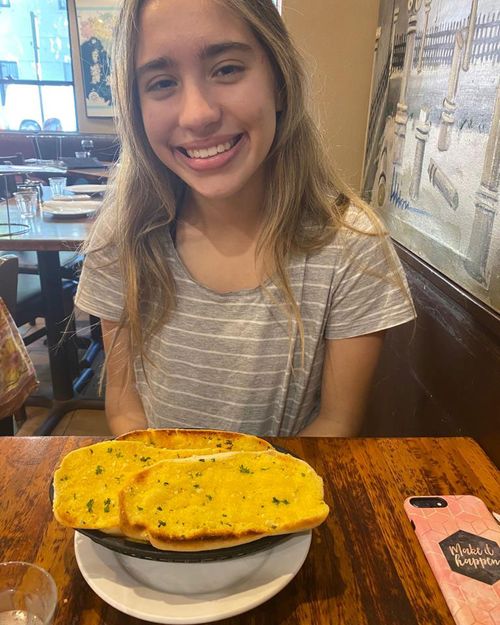
In December last year, Leilani underwent surgery to free her celiac arteries and nerves. It was the fourth such surgery Dr Yeo had performed and a success.
Leilani is now continuing on a slow road to recovery.
“I am definitely feeling so much better since the surgery,” she said.
“I’m able to eat and go out to restaurants. When I’m with my friends at school I can eat with them at lunchtime, rather than sitting there watching everyone else eat.”
Leilani said one of the best things about coming out the other side of her arduous medical journey was that she was now able to help others.
“I’ve been contacted by some girls my age online that have heard about my story.
“There was one girl that was actually about to be committed into an eating disorder clinic in a month when she turned 18.
“After putting her in touch with Dr Yeo she has now been diagnosed with MALS and will be able to have surgery.”
Mrs Innes said her daughter’s medical journey had been eye-opening and she was acutely aware of how lucky they were to have the financial means to keep up their search for answers.
“If we weren’t able to do that then Leilani would still be sick,” she said.
There was one offhand comment made by a male medic during their journey that would be forever stuck in her mind, she said.
“I was told 80 per cent of young girls who present with abdominal issues go undiagnosed in their lifetime. I do wonder how many other girls could be suffering from MALS unnecessarily.”
Contact reporter Emily McPherson at emcpherson@nine.com.au

